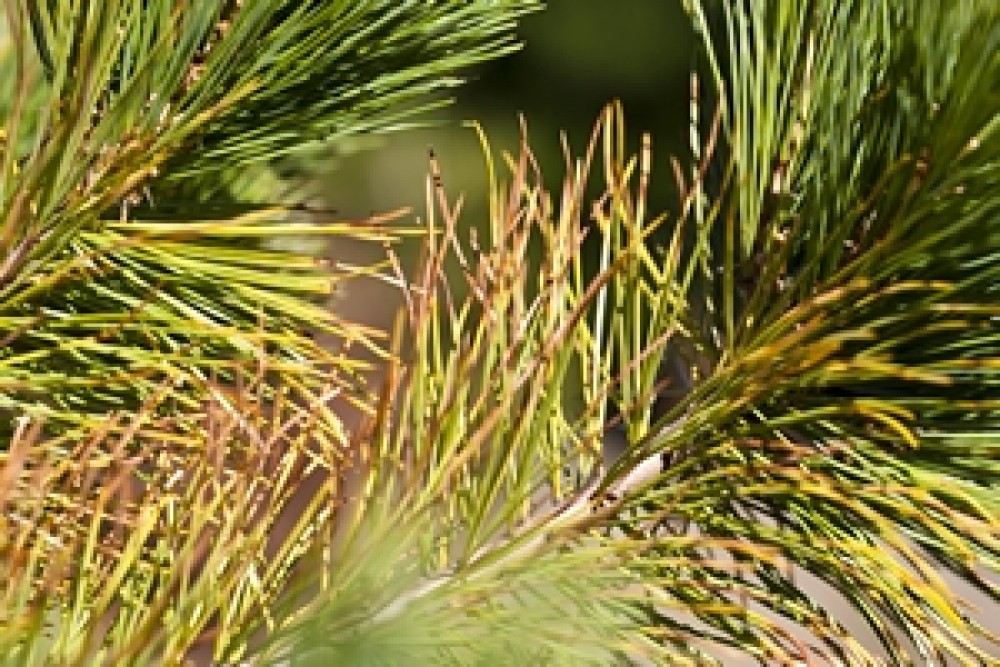Improving decision making for red needle cast management
$10.00
Red needle cast (RNC) has been affecting New Zealand’s radiata pine (and Douglas fir) plantations since at least 2008. RNC is broadly known to follow seasonal patterns, in which the foliage gradually turns red over winter before casting in spring. New foliage grows over the spring, with little new disease development over summer, resulting in trees that appear healthy by late summer, although with reduced needle retention. The natural decline in severity and the emergence of healthy flush over summer can lead to a general lack of concern over the impact of this disease, which has not been well quantified before now. Despite this strong seasonal pattern, the extent and severity of RNC outbreaks have been largely unpredictable, often resulting in boom-and-bust disease years. Research on the epidemiology and impact of RNC, complemented by improvements in remote sensing, have vastly improved our understanding of what drives these outbreaks, and the growth impacts they cause. I will present a prototype model which predicts the infection risk under different climate conditions, the impact RNC has on basal area increment in a range of case studies, control methods that are in development and how this information together may be used to make decisions on RNC management.Please sign in or register to purchase this product.



